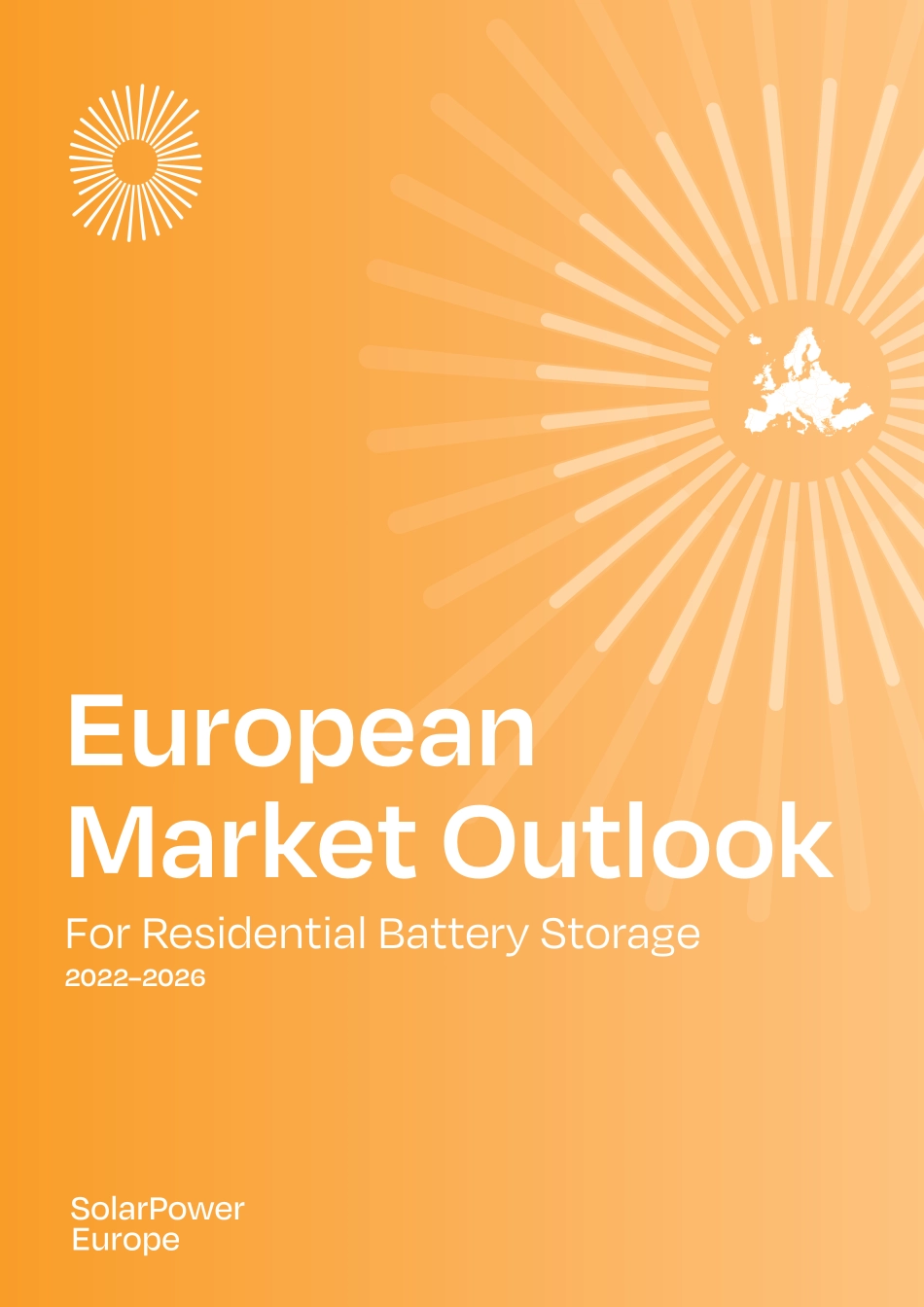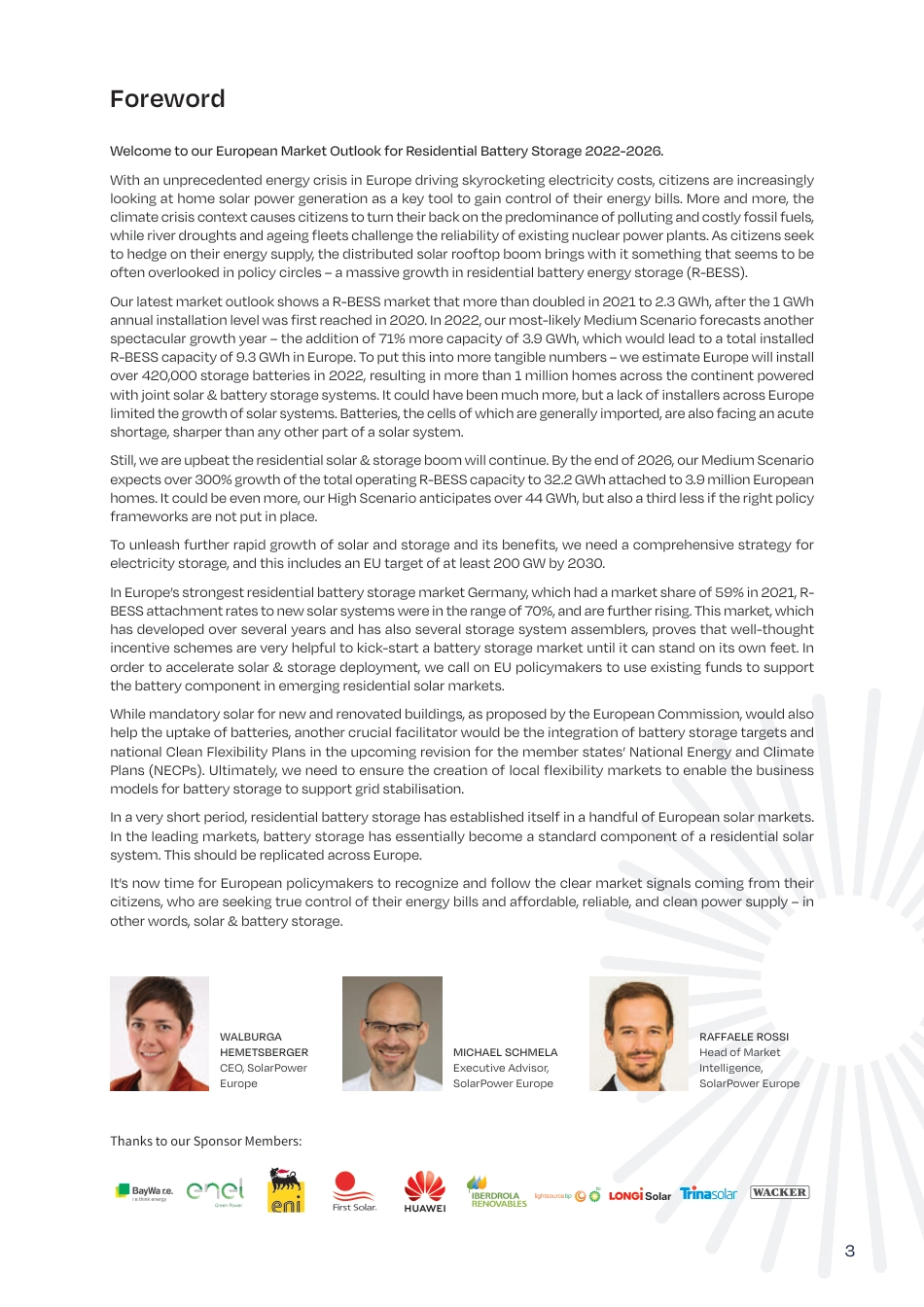European Market Outlook For Residential Battery Storage 2022–2026GRID GOES OFF.SUN GOES DOWN.LIFE CARRIES ON. Scan here tofind out morewww.solaredge.comFacing soaring electricity costs and potentially unstable grids, more and morehomeowners are installing SolarEdge Home to achieve energy independence.This complete smart energy ecosystem enables you to produce, store and managesolar energy more efficiently and cost-effectively than ever before.The SolarEdge Home Hub inverter provides PV, storage, and backup, suitable for single and three phase residential installations and is compatible with our SolarEdge Home Battery 400V and 48V. Plus there’s a full suite of smart energy devices that let you grow your SolarEdge Home as your energy needs evolve. And the mySolarEdge app puts all that power in your hands.All from the world’s #1 inverter company!3Foreword Welcome to our European Market Outlook for Residential Battery Storage 2022-2026. With an unprecedented energy crisis in Europe driving skyrocketing electricity costs, citizens are increasingly looking at home solar power generation as a key tool to gain control of their energy bills. More and more, the climate crisis context causes citizens to turn their back on the predominance of polluting and costly fossil fuels, while river droughts and ageing fleets challenge the reliability of existing nuclear power plants. As citizens seek to hedge on their energy supply, the distributed solar rooftop boom brings with it something that seems to be often overlooked in policy circles – a massive growth in residential battery energy storage (R-BESS). Our latest market outlook shows a R-BESS market that more than doubled in 2021 to 2.3 GWh, after the 1 GWh annual instal...



